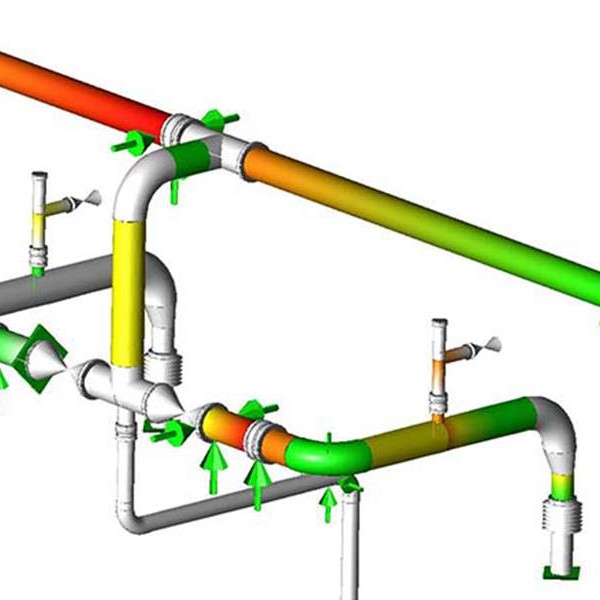
-
 Afrikaans
Afrikaans -
 Albanian
Albanian -
 Amharic
Amharic -
 Arabic
Arabic -
 Armenian
Armenian -
 Azerbaijani
Azerbaijani -
 Basque
Basque -
 Belarusian
Belarusian -
 Bengali
Bengali -
 Bosnian
Bosnian -
 Bulgarian
Bulgarian -
 Catalan
Catalan -
 Cebuano
Cebuano -
 China
China -
 China (Taiwan)
China (Taiwan) -
 Corsican
Corsican -
 Croatian
Croatian -
 Czech
Czech -
 Danish
Danish -
 Dutch
Dutch -
 English
English -
 Esperanto
Esperanto -
 Estonian
Estonian -
 Finnish
Finnish -
 French
French -
 Frisian
Frisian -
 Galician
Galician -
 Georgian
Georgian -
 German
German -
 Greek
Greek -
 Gujarati
Gujarati -
 Haitian Creole
Haitian Creole -
 hausa
hausa -
 hawaiian
hawaiian -
 Hebrew
Hebrew -
 Hindi
Hindi -
 Miao
Miao -
 Hungarian
Hungarian -
 Icelandic
Icelandic -
 igbo
igbo -
 Indonesian
Indonesian -
 irish
irish -
 Italian
Italian -
 Japanese
Japanese -
 Javanese
Javanese -
 Kannada
Kannada -
 kazakh
kazakh -
 Khmer
Khmer -
 Rwandese
Rwandese -
 Korean
Korean -
 Kurdish
Kurdish -
 Kyrgyz
Kyrgyz -
 Lao
Lao -
 Latin
Latin -
 Latvian
Latvian -
 Lithuanian
Lithuanian -
 Luxembourgish
Luxembourgish -
 Macedonian
Macedonian -
 Malgashi
Malgashi -
 Malay
Malay -
 Malayalam
Malayalam -
 Maltese
Maltese -
 Maori
Maori -
 Marathi
Marathi -
 Mongolian
Mongolian -
 Myanmar
Myanmar -
 Nepali
Nepali -
 Norwegian
Norwegian -
 Norwegian
Norwegian -
 Occitan
Occitan -
 Pashto
Pashto -
 Persian
Persian -
 Polish
Polish -
 Portuguese
Portuguese -
 Punjabi
Punjabi -
 Romanian
Romanian -
 Russian
Russian -
 Samoan
Samoan -
 Scottish Gaelic
Scottish Gaelic -
 Serbian
Serbian -
 Sesotho
Sesotho -
 Shona
Shona -
 Sindhi
Sindhi -
 Sinhala
Sinhala -
 Slovak
Slovak -
 Slovenian
Slovenian -
 Somali
Somali -
 Spanish
Spanish -
 Sundanese
Sundanese -
 Swahili
Swahili -
 Swedish
Swedish -
 Tagalog
Tagalog -
 Tajik
Tajik -
 Tamil
Tamil -
 Tatar
Tatar -
 Telugu
Telugu -
 Thai
Thai -
 Turkish
Turkish -
 Turkmen
Turkmen -
 Ukrainian
Ukrainian -
 Urdu
Urdu -
 Uighur
Uighur -
 Uzbek
Uzbek -
 Vietnamese
Vietnamese -
 Welsh
Welsh -
 Bantu
Bantu -
 Yiddish
Yiddish -
 Yoruba
Yoruba -
 Zulu
Zulu
Exploring the Unique Features of GRP Chimneys in Modern Construction
The Importance of GRP Chimneys in Modern Construction
In the realm of modern construction, safety, efficiency, and sustainability are paramount. One of the components that significantly contribute to these factors is the chimneys. Traditionally made from brick or concrete, chimneys are now increasingly being constructed from Glass Reinforced Plastic (GRP), a material that offers numerous advantages over conventional alternatives.
Understanding GRP
GRP, or Glass Reinforced Plastic, is a composite material comprised of a polymer matrix reinforced with glass fibers. This combination makes GRP incredibly strong yet lightweight, offering a unique set of properties that enhance structural performance. As the construction industry evolves, many architects and engineers are beginning to appreciate the benefits of using GRP in various applications, including chimney installations.
Advantages of GRP Chimneys
The Importance of GRP Chimneys in Modern Construction
2. Durability and Longevity GRP is inherently resistant to corrosion and chemical damage. Unlike traditional materials that can degrade over time due to exposure to harsh weather conditions and pollutants, GRP chimneys maintain their structural integrity and appearance for many years. This durability translates into lower maintenance costs and less frequent replacements.
grp chimney

3. Thermal Insulation GRP offers excellent thermal insulation properties. This means that GRP chimneys can be designed to minimize heat loss, making them more energy-efficient. This is particularly important as energy conservation becomes a focal point in modern construction practices.
4. Design Flexibility The versatility of GRP allows architects and designers the freedom to create aesthetically pleasing chimney designs that meet the specific needs of a building. Whether it’s a contemporary skyscraper or a traditional house, GRP can be molded into a variety of shapes and sizes, providing opportunities for innovative design solutions.
5. Reduced Carbon Footprint The production of GRP requires less energy compared to traditional building materials. Additionally, its lightweight nature requires less fuel for transportation, further reducing its environmental impact. As the construction industry moves toward more sustainable practices, the adoption of GRP chimneys is a step in the right direction.
Installation and Maintenance
Installing GRP chimneys is typically quicker and easier than traditional methods. The lightweight nature of GRP allows for simpler logistical arrangements, as fewer workers may be needed, and cranes are less frequently required for placement. Moreover, the surface of GRP can be treated or coated to enhance properties like UV resistance, reducing maintenance needs further.
Conclusion
As construction methodologies continue to evolve, the adoption of innovative materials such as GRP is paving the way for safer, more efficient, and sustainable building practices. GRP chimneys, with their lightweight, durable, and versatile characteristics, not only improve the efficiency of buildings but also align with the growing demand for eco-friendly solutions in the construction industry. In an era where urbanization and environmental concerns are at the forefront of modern discourse, prioritizing materials like GRP is vital for future construction initiatives. Embracing these advancements can lead to smarter infrastructure, lower operational costs, and a reduced carbon footprint, ultimately benefiting society and the environment as a whole. As we move forward, the importance of GRP chimneys will likely continue to grow, becoming a staple in contemporary architecture.









